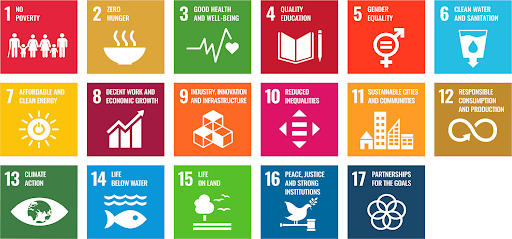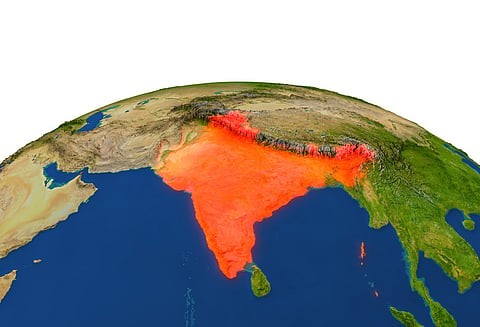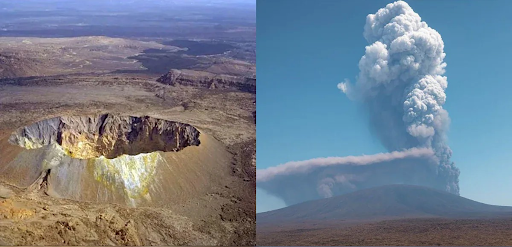



India rose to 9th globally in total forest area and retained 3rd in annual forest gain, driven by large-scale afforestation, community-led initiatives like 'Ek Ped Ma Ke Naam,' and strong state efforts, contributing to Asia's forest expansion and slowing global deforestation.

Copyright infringement not intended
Picture Courtesy: NEWSONAIR
India ranked 9th globally in total forest area, according to the Global Forest Resources Assessment (FRA) 2025.
The FRA is the most comprehensive assessment of the world's forests, conducted by the Food and Agriculture Organization (FAO) of the United Nations every five years.
It provides essential data on the extent, condition, management, and uses of forest resources across 236 countries.
Its data is crucial for evidence-based policymaking and informs international agendas, including the UN Sustainable Development Goals (SDGs), particularly SDG 15 (Life on Land).

Forest extent: Forests cover 4.14 billion hectares (32% of Earth's land), averaging 0.5 hectares per person. Nearly half are in tropical regions.
Net loss declining: Annual net forest loss dropped from 10.7 million hectares (1990s) to 4.12 million hectares (2015-2025).
Deforestation and expansion: Deforestation decreased from 17.6 million hectares annually (1990-2000) to 10.9 million hectares annually (2015-2025).
Biomass and carbon: World’s forest growing stock is estimated at 630 billion cubic metres. Forest carbon stocks have increased, reaching 714 gigatonnes.
Protected areas: About 20% of forests are in legally established protected areas.
Disturbances: Fire affects an average of 261 million hectares of land annually, nearly half of which is forested.
Ownership: 71% of the world’s forests are publicly owned, 24% are privately owned, with the remainder under other or unknown ownership.
National Forest Policy, 1988: Sets a national goal of bringing one-third of India's land area under forest or tree cover and emphasizes community involvement.
Green India Mission (GIM): Component of the National Action Plan on Climate Change (NAPCC), GIM aims to protect, restore, and enhance forest cover and improve livelihoods.
Compensatory Afforestation (CAMPA): Compensatory Afforestation Fund Management and Planning Authority (CAMPA) utilizes funds from the diversion of forest land for development projects to carry out afforestation and regeneration activities.
Van Dhan Yojana (PMVDY): Empowers tribal communities by promoting value addition to Minor Forest Produce (MFP), linking their livelihoods directly to forest conservation.
National Agroforestry Policy, 2014: Promotes the integration of trees into farming systems, increasing tree cover outside traditional forest areas and supplementing farmers' income.
Community Participation: Initiatives like Joint Forest Management (JFM) and public campaigns like "Ek Ped Ma Ke Naam" have fostered a sense of collective responsibility for environmental conservation.
|
Read all about: India State of Forest Report 2023 |
Source: NEWSONAIR
|
PRACTICE QUESTION Q. Community participation is the cornerstone of successful forest conservation. Critically analyze. 150 words |
India ranks 9th globally in terms of total forest area, according to the Food and Agriculture Organization (FAO) in its Global Forest Resources Assessment (GFRA) 2025. The country also maintained its 3rd position worldwide for annual forest area gain.
According to the India State of Forest Report (ISFR) 2023, the country's total forest and tree cover stood at 827,357 sq km, which is 25.17% of its total geographical area.
Invasive alien species are a growing threat to India's biodiversity. Species like Prosopis juliflora and Lantana camara outcompete native plants, reduce fodder availability for wildlife, and alter ecosystem health. Poor management of invasive species is a key challenge for forest health.





© 2025 iasgyan. All right reserved